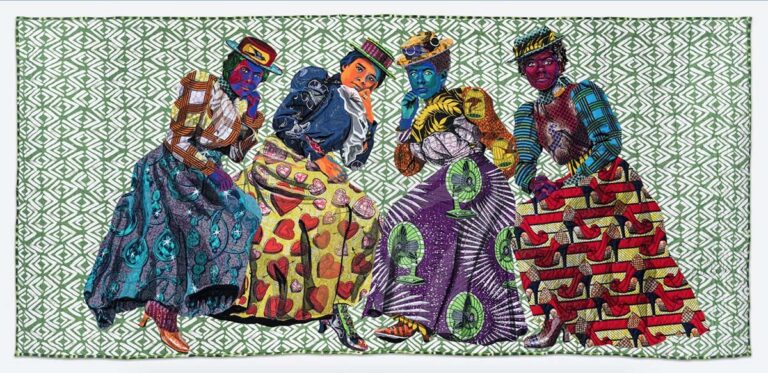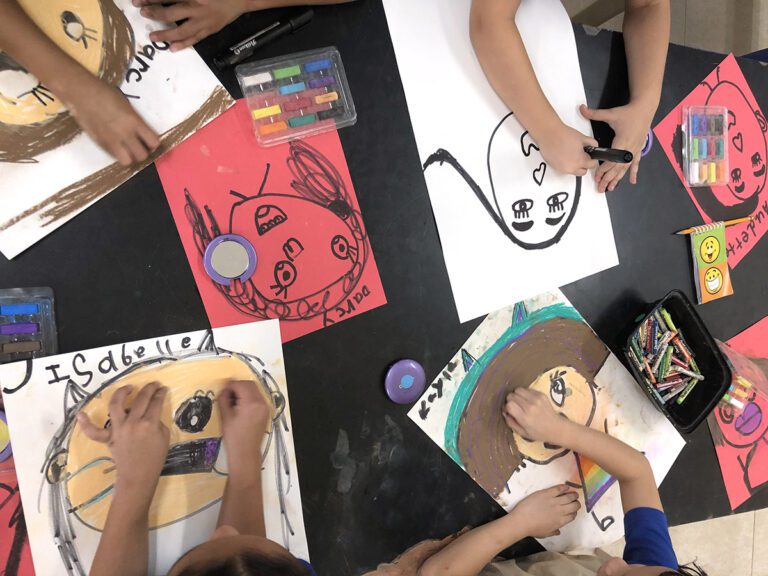As art teachers, often we feel like square pegs forced into round holes. That is how I felt when I was required to show and use data in my teaching last year. Since then, I have turned what felt like an uncomfortable fit into a second-nature strategy in my classroom. You can too by starting with these stress-free steps…
You CAN Have a Data-Driven Art Room!
Start Small
Choose one class or one grade level, one lesson, and two or three easily assessable objectives. For example, I began with a landscape lesson in two fourth grade classes. I wanted students to understand and apply perspective and proportion.
Make a Simple Pre-Test
I had students use pencil on the back of the paper we would be painting on. I asked them to define landscape, perspective, and proportion. Then I had them draw a little landscape using perspective and proportion to create depth.

Collect and Chart Data
With so many students, this has to be quick and easy. Print off a class roster and add a column for each objective. Give a check in the column of each concept they’ve already mastered. Since this is a pre-test, the check marks will be few. Calculate the percentage of students who’ve mastered each concept.
Set a Realistic Goal and Tailor your Instruction
Only about 20% of my students created or defined landscape correctly on the pretest I gave. I wanted 80% of my students to be able to demonstrate their understanding. No one had any clue about perspective and proportion, so I knew that I really had to concentrate my instruction on those concepts.
In Part Two of The Data Driven Art Room, I’ll guide you through creating your post-assessment, and start a conversation about where we go from here.
Are there times you’ve struggled making something fit into your classroom or teaching?
Do you current use data from a Pre-Test to drive your instruction?
What kinds of assessments are you giving already?
Magazine articles and podcasts are opinions of professional education contributors and do not necessarily represent the position of the Art of Education University (AOEU) or its academic offerings. Contributors use terms in the way they are most often talked about in the scope of their educational experiences.





